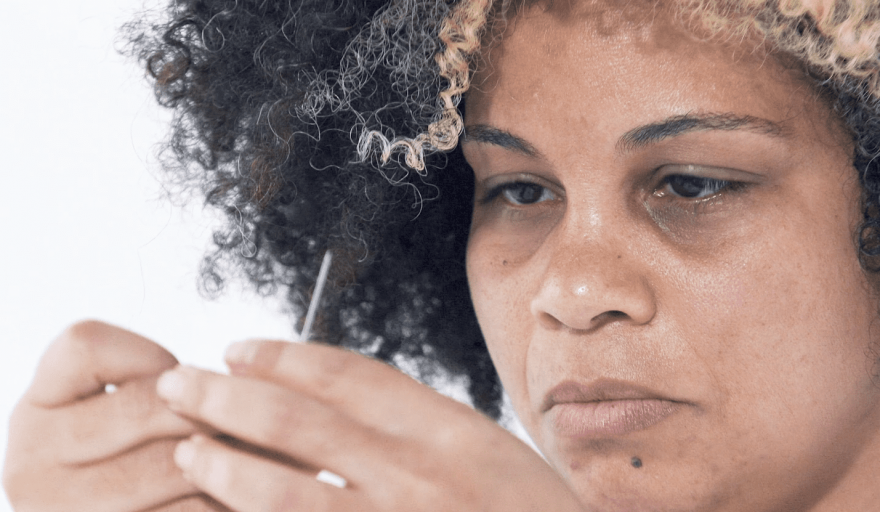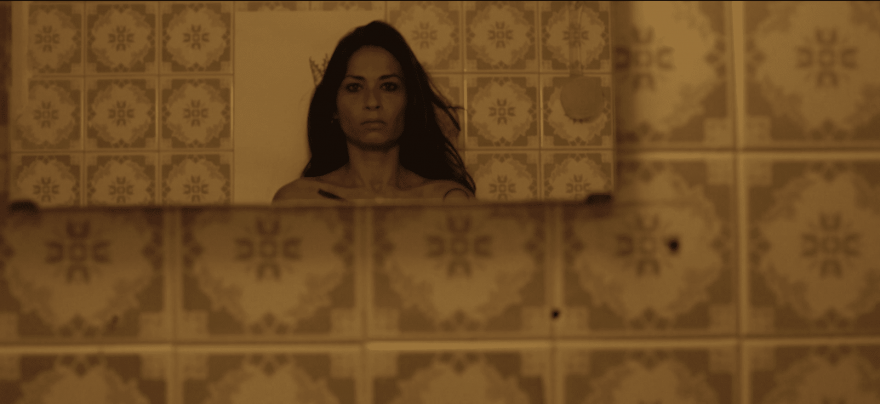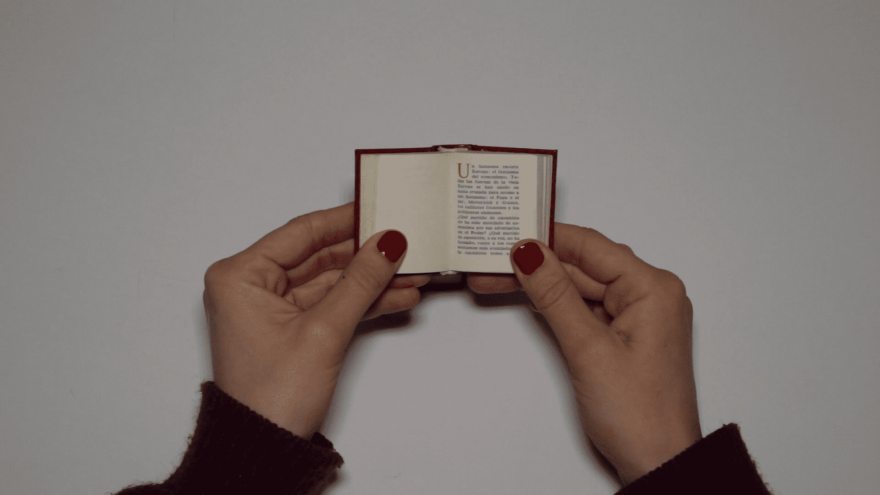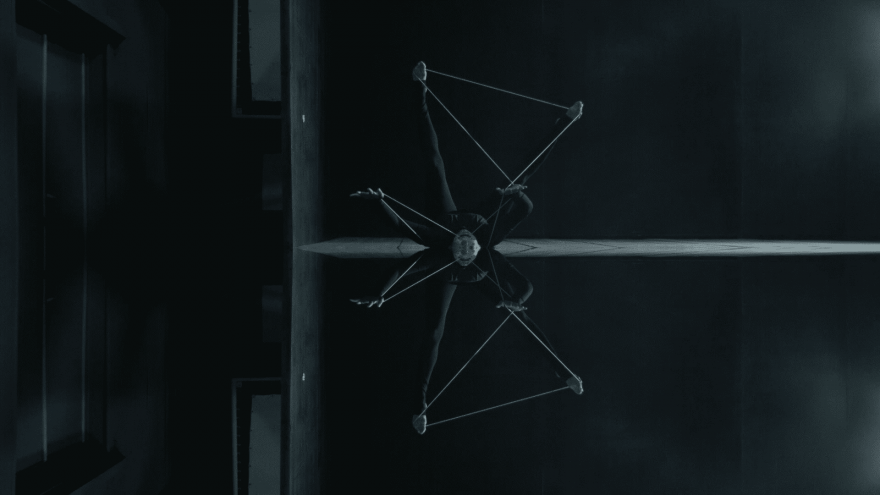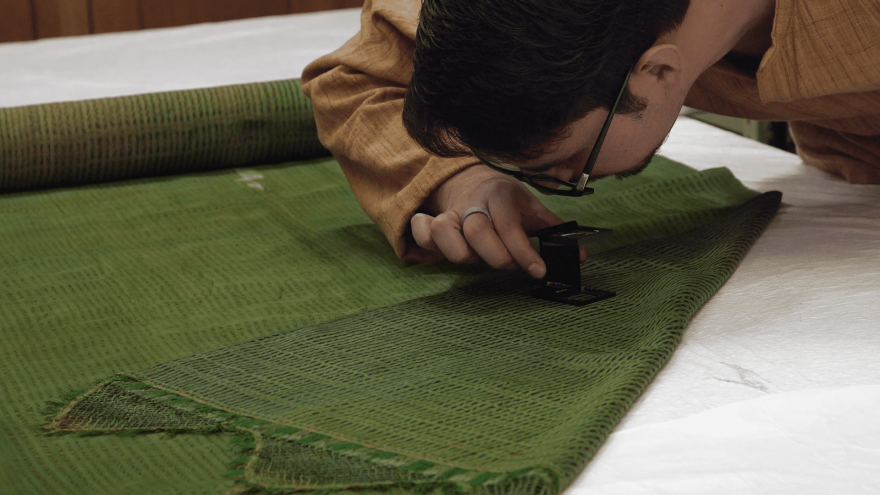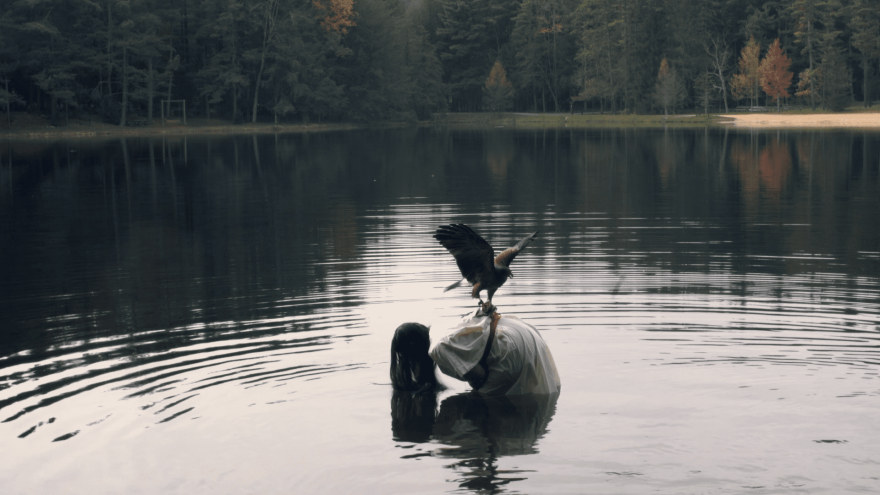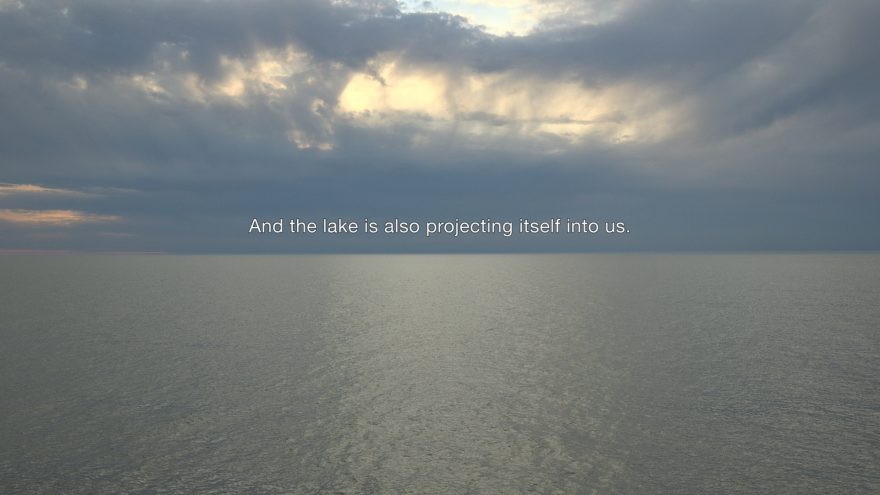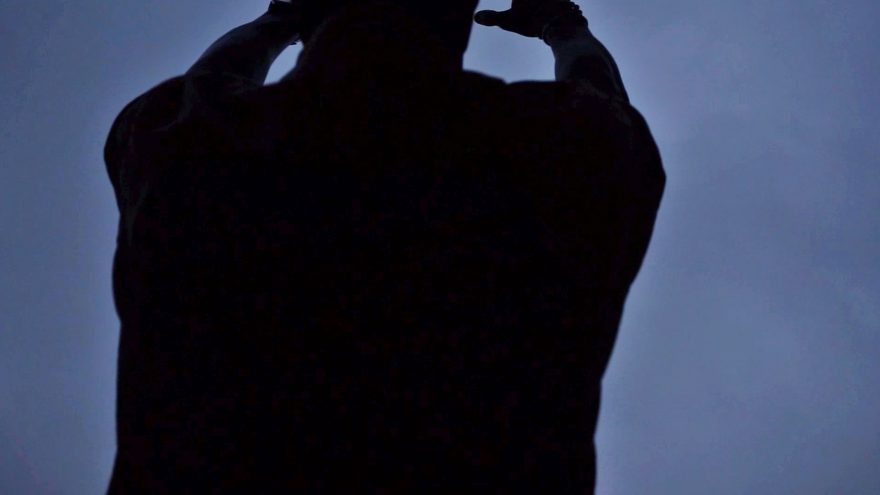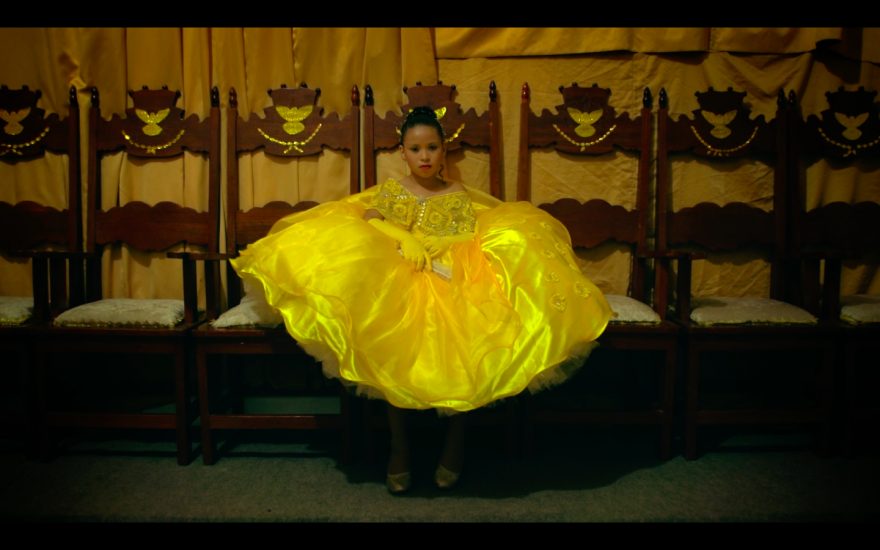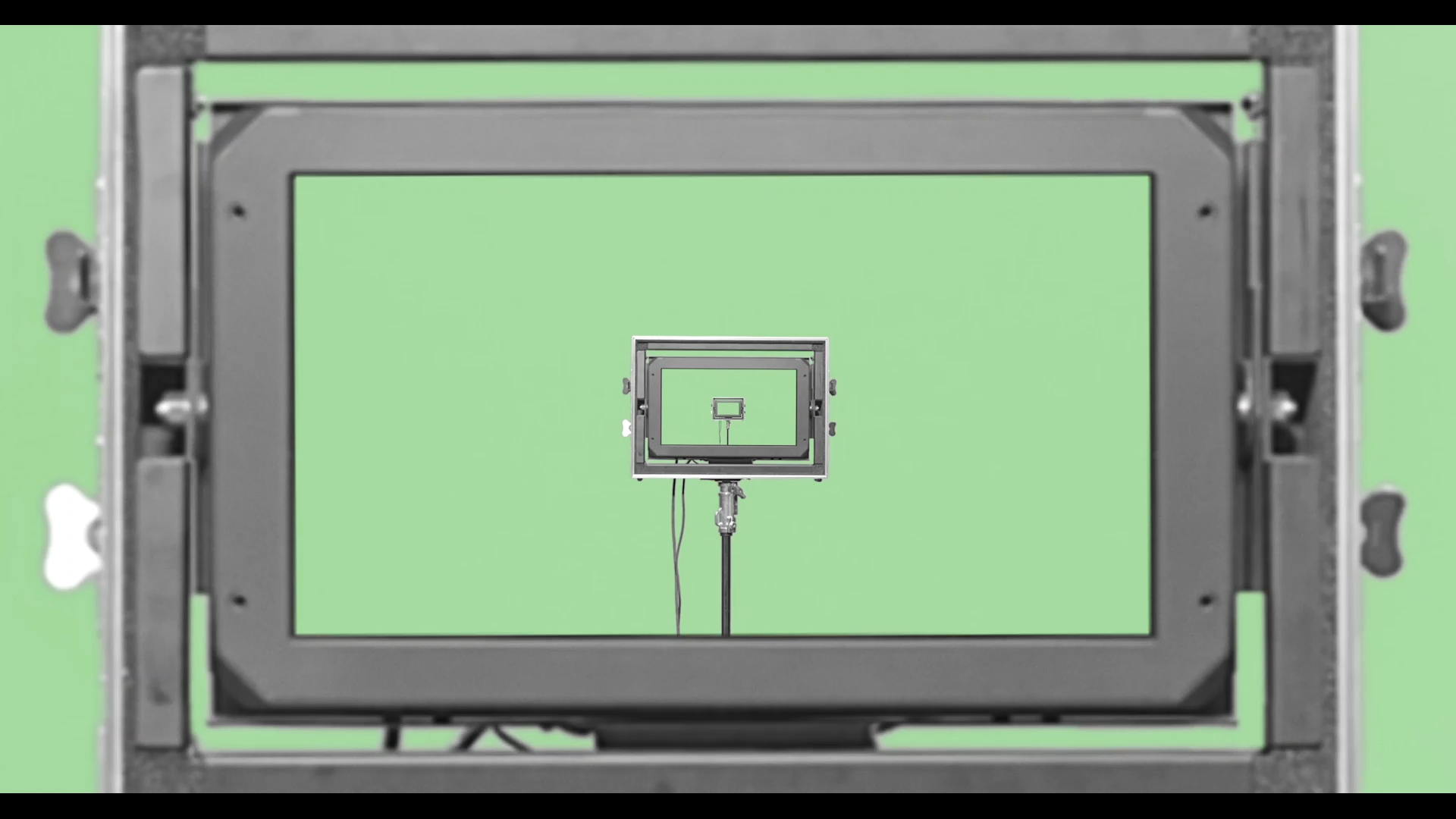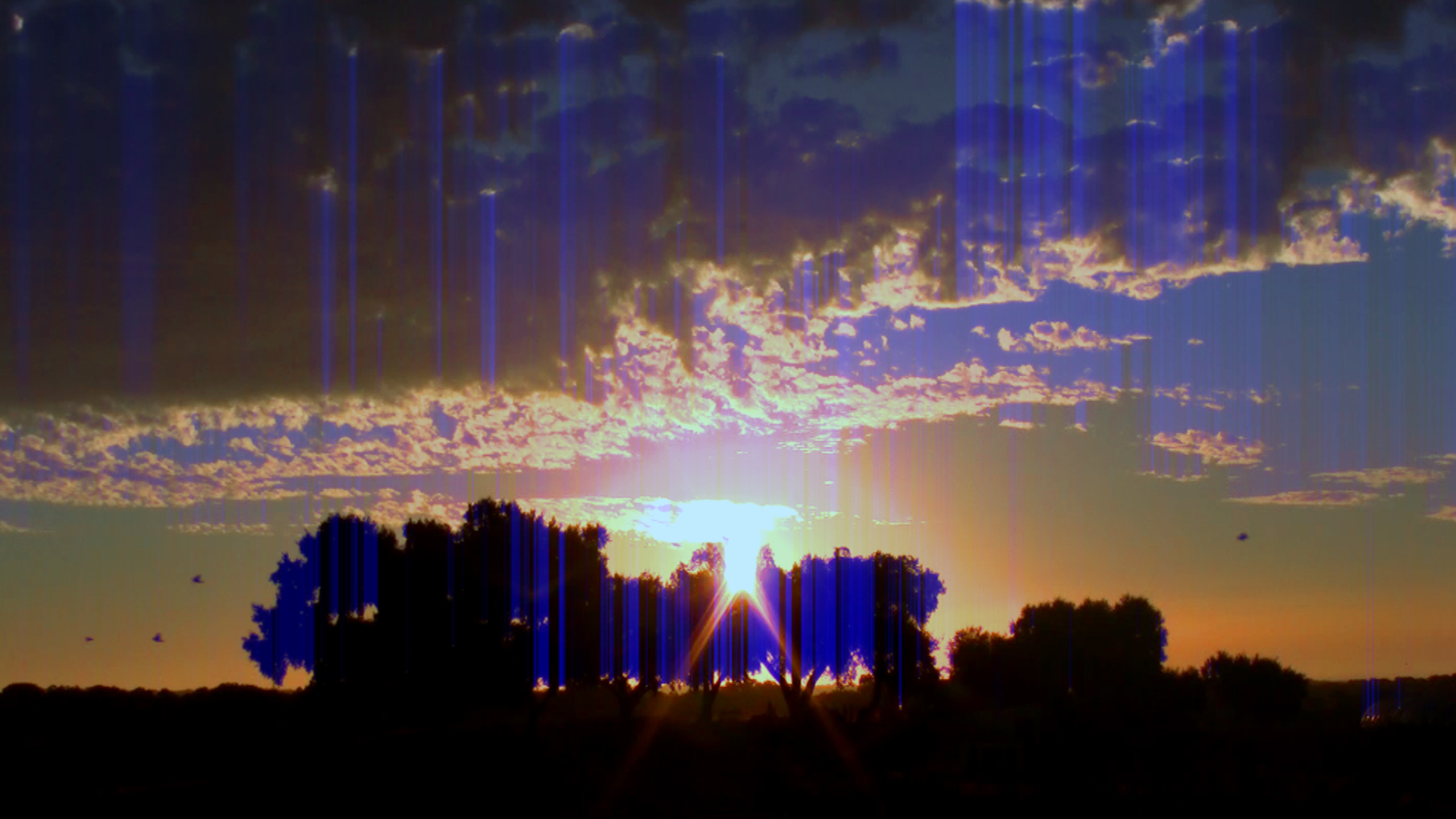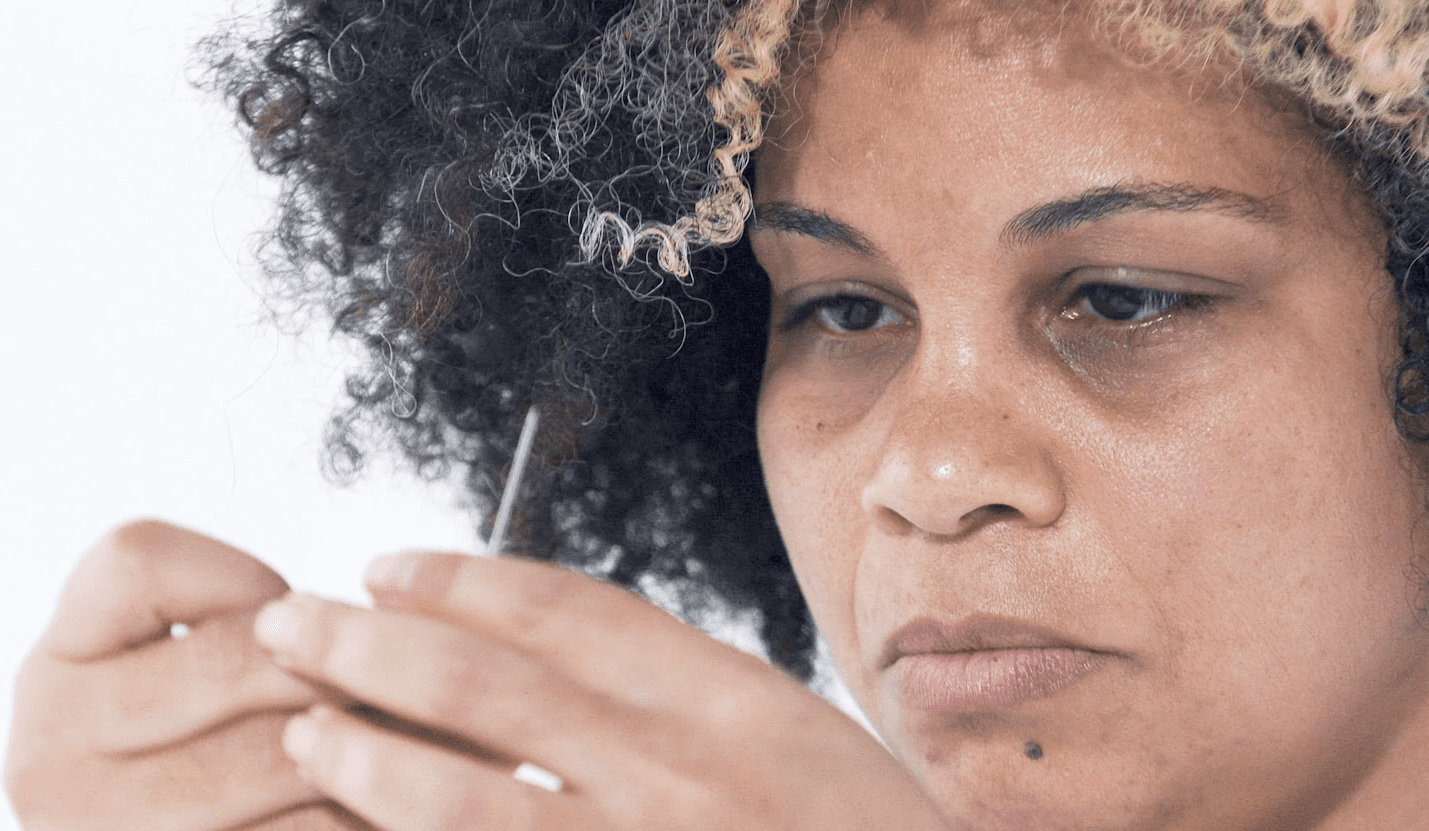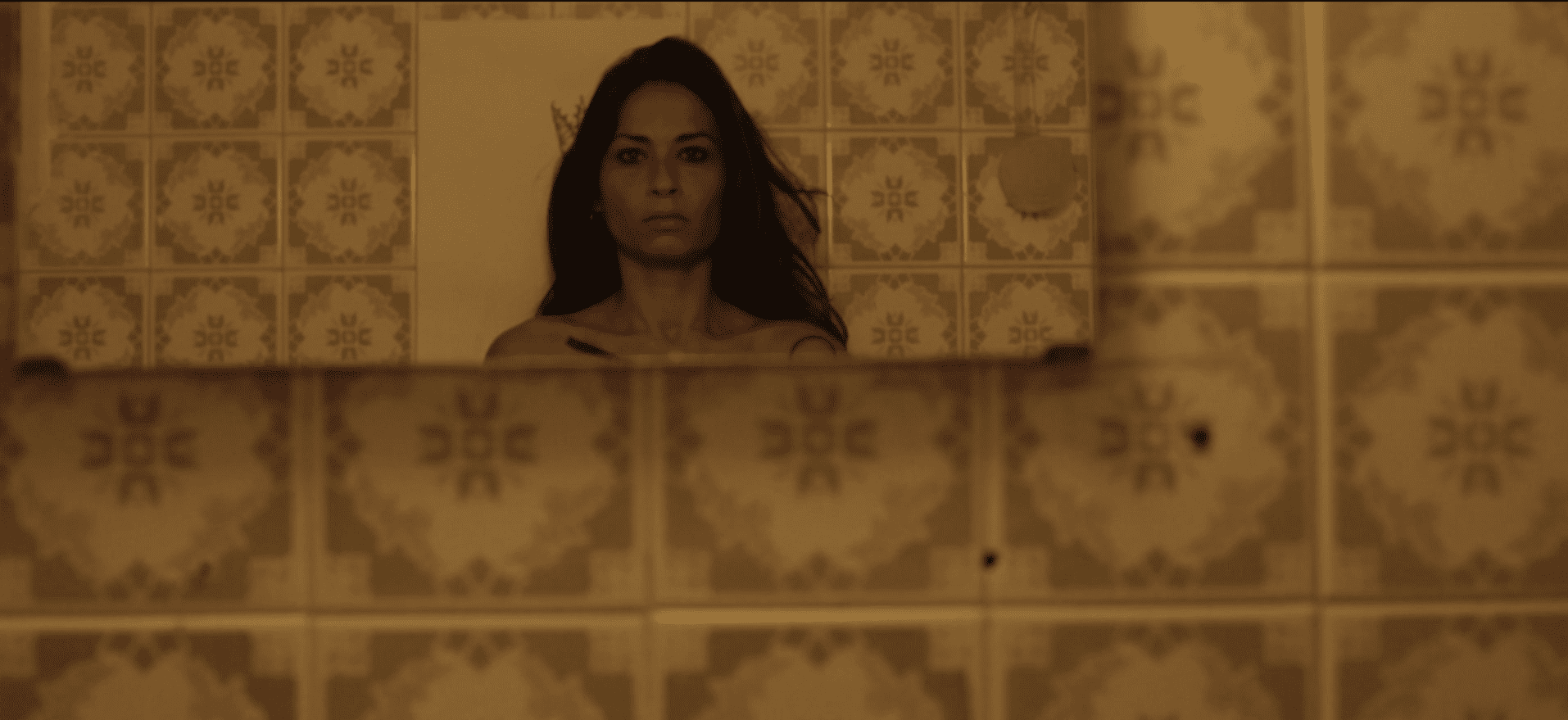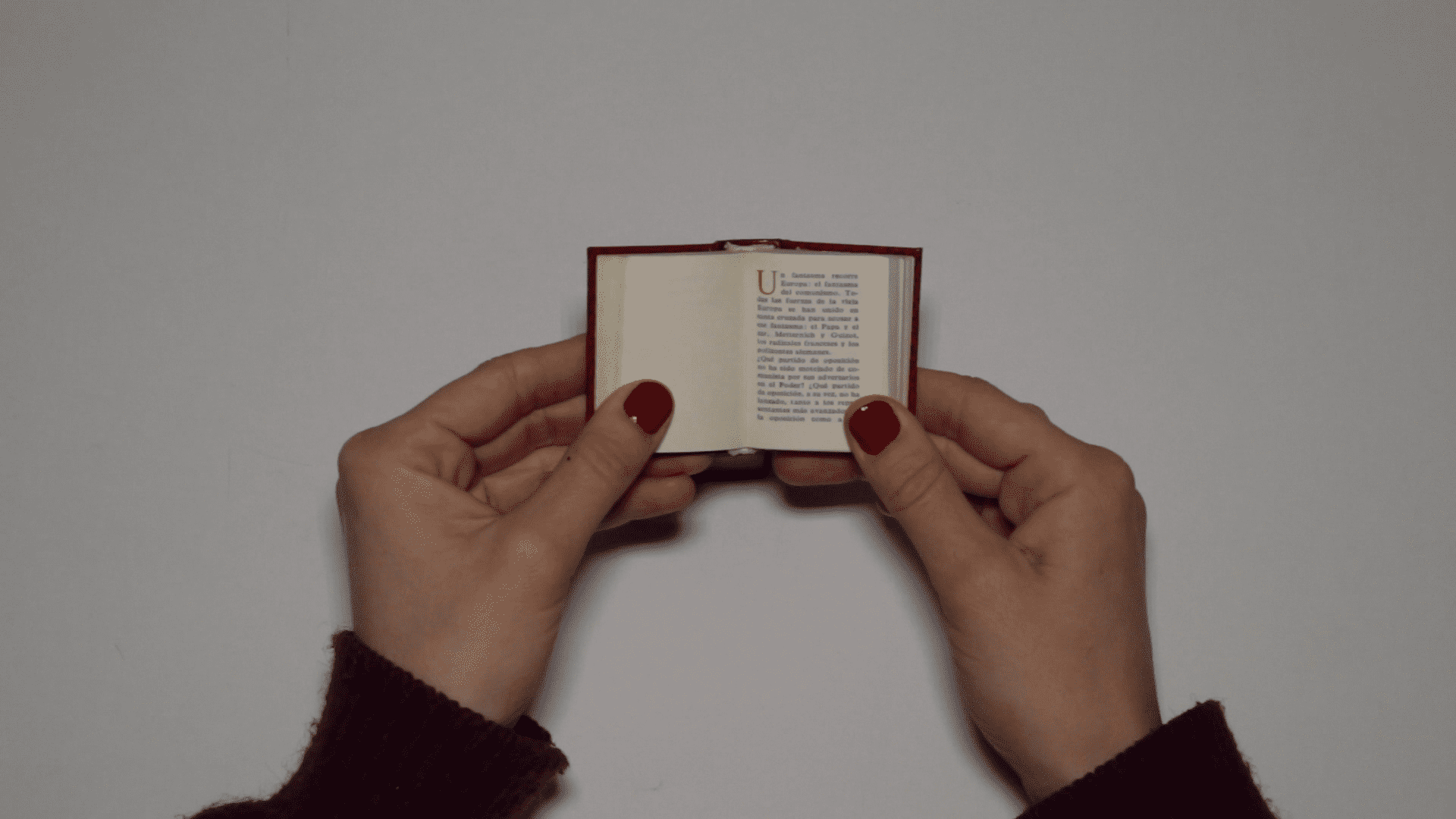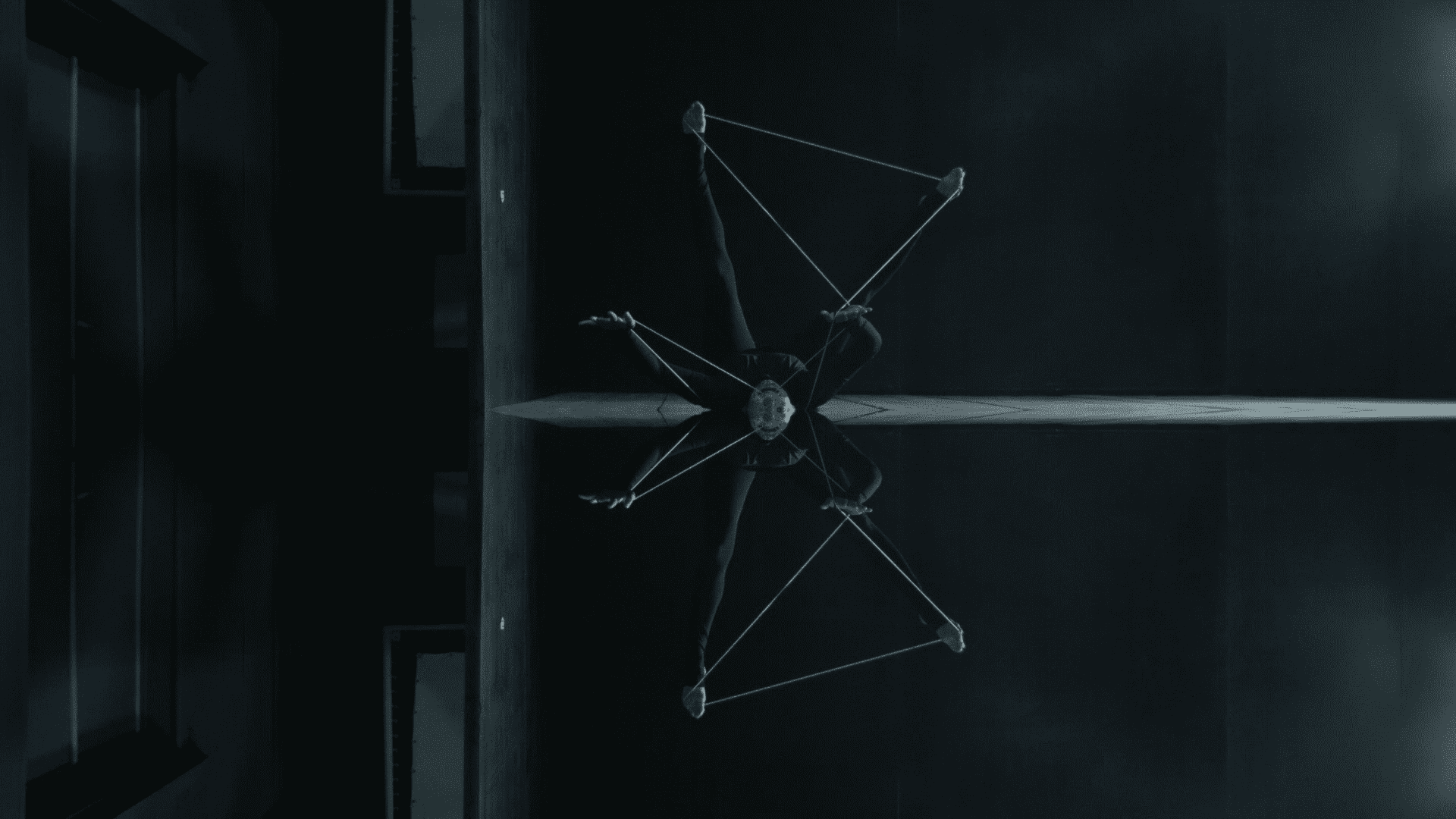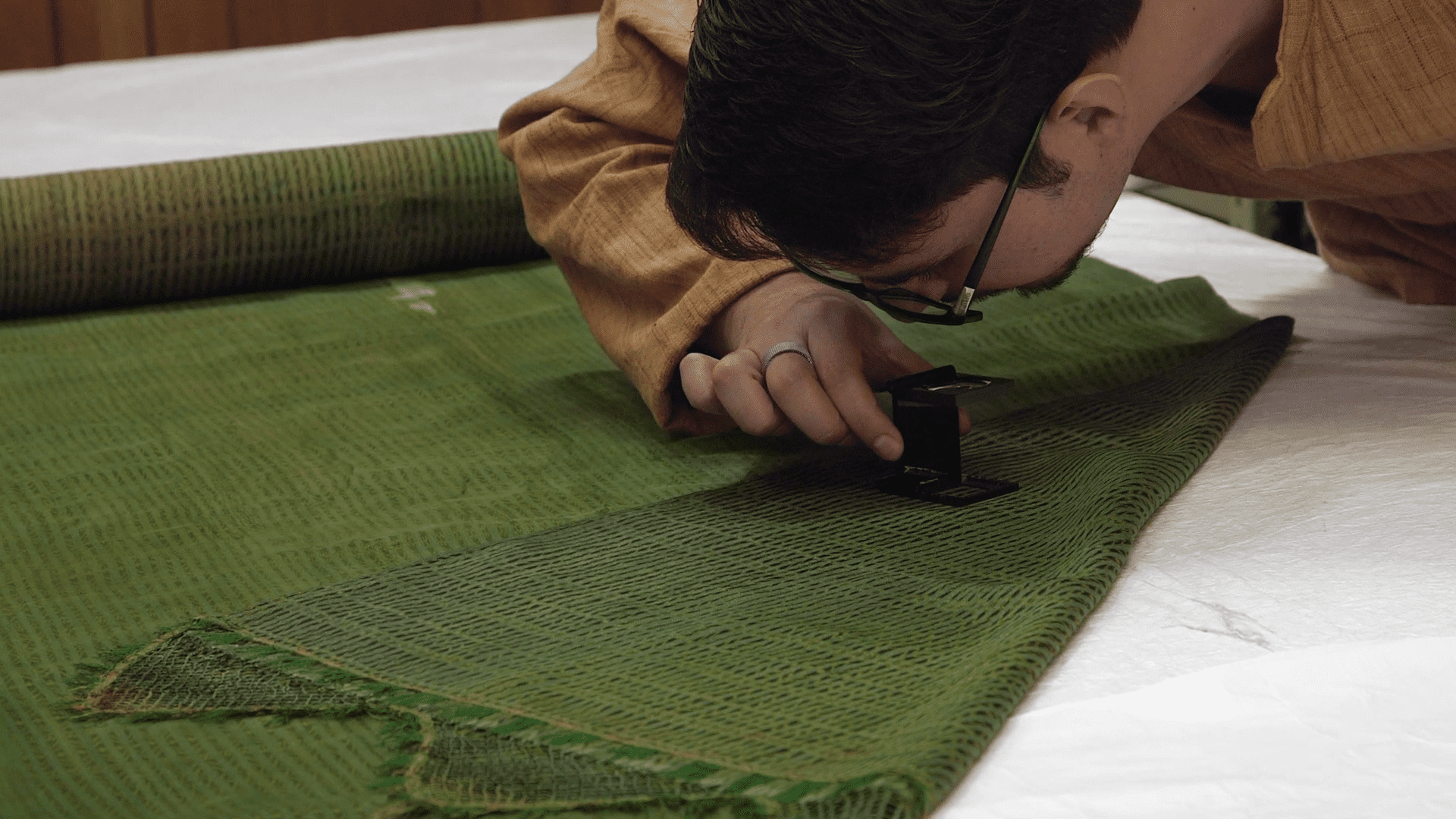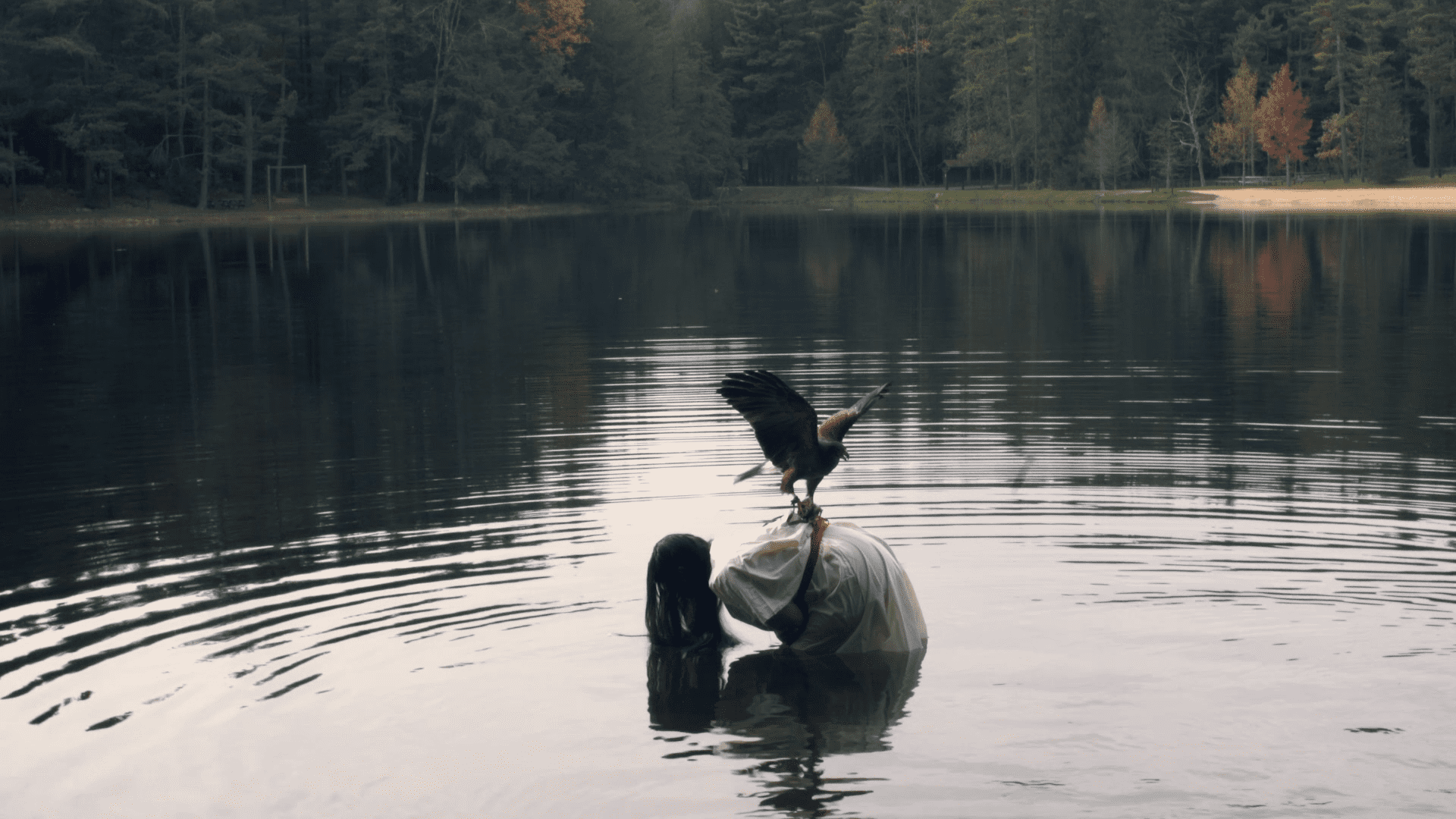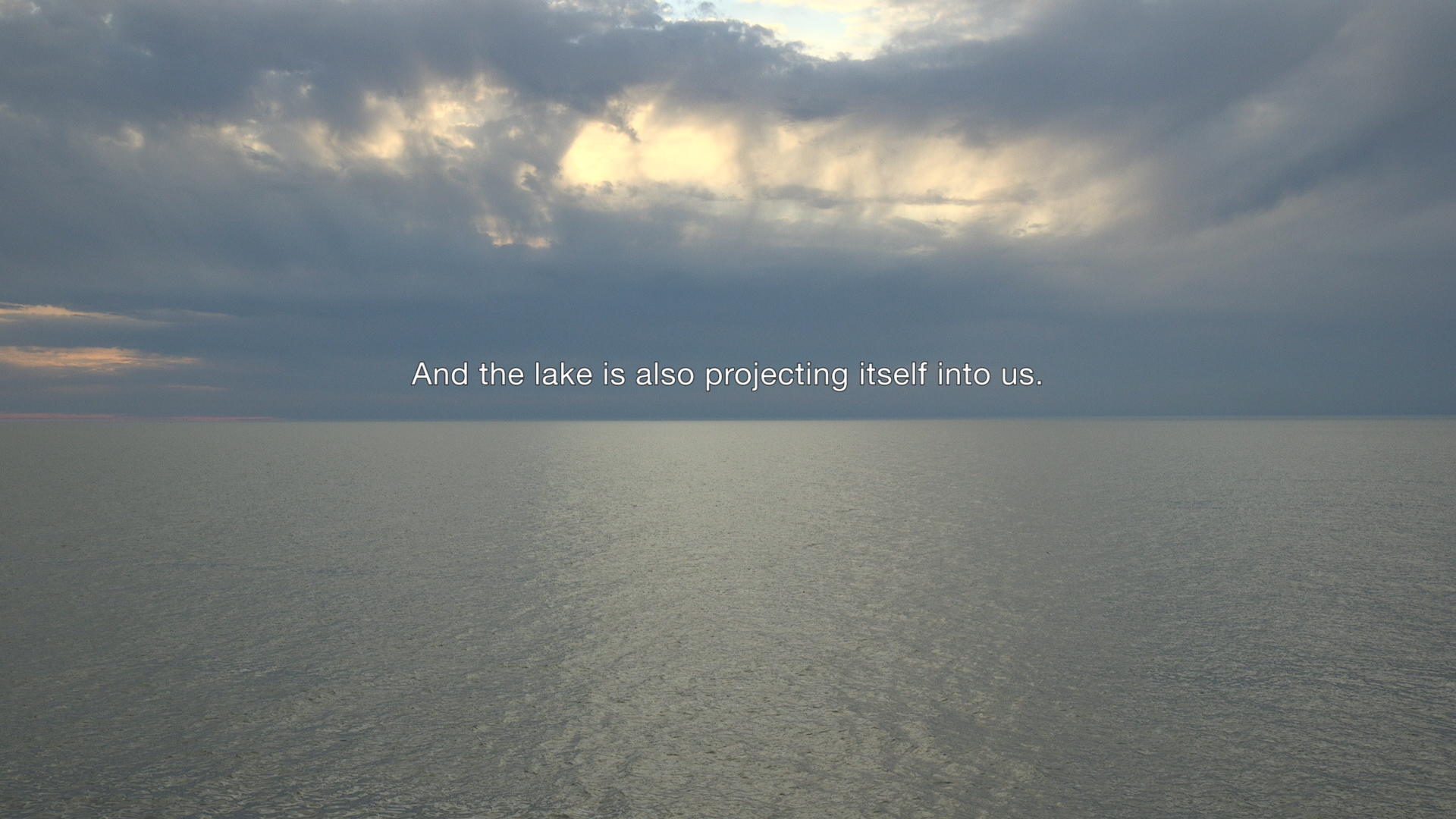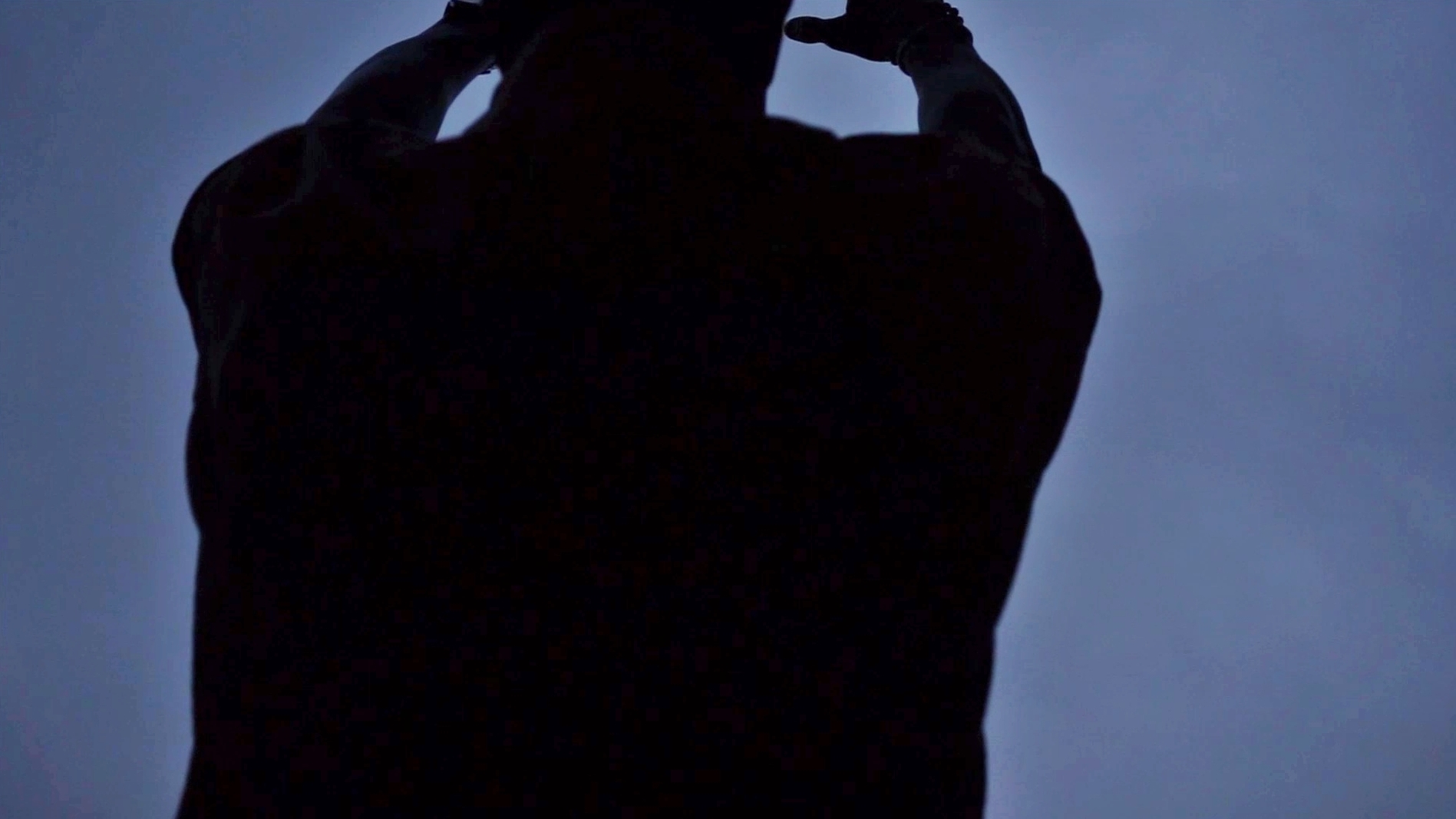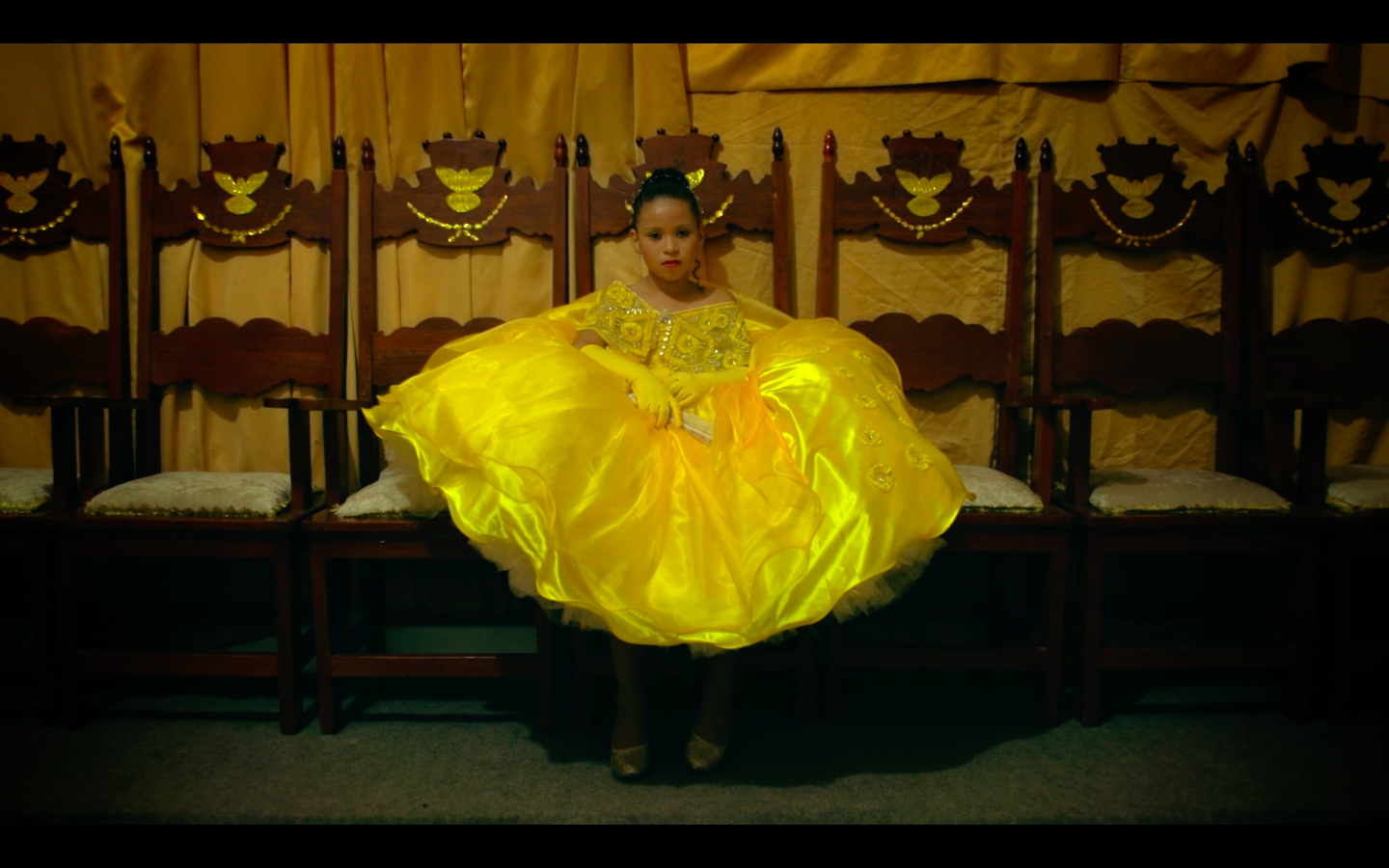Lorem ipsum dolor sit amet. Ut sequi asperiores est rerum atque id necessitatibus fugiat et vero accusamus. Et blanditiis error et dicta molestiae sit quia iusto est galisum laudantium. Ut facilis suscipit qui voluptas commodi sed deserunt reiciendis sit totam nulla et eius nulla. Aut facere culpa id deserunt ipsum aut incidunt modi et incidunt veniam sit neque corporis ab deleniti commodi 33 galisum corrupti. Ad corporis illo non quae iure eum labore cupiditate vel libero fuga ut quidem ipsa qui ipsum voluptate. Qui voluptatum reprehenderit cum distinctio alias qui necessitatibus quis. Et exercitationem sunt et officiis consequatur eos impedit voluptatem rem error iure id eligendi consequatur aut voluptatem culpa.
Et autem quia et quae praesentium quo dolores explicabo. Qui voluptas veritatis est veniam sunt non nihil enim aut dolorum nihil et quia voluptatem id quibusdam itaque aut asperiores nobis. Ut veniam dolores quo voluptatem impedit et magnam deleniti eum quisquam velit qui doloremque blanditiis. Vel dolor veritatis ut earum galisum aut maxime aliquam aut voluptates internos At architecto sint qui itaque dicta sit voluptas nesciunt. Qui necessitatibus impedit nam exercitationem beatae sed maxime exercitationem ex distinctio saepe qui sunt dolor ut laudantium dolor eum aperiam temporibus. Ut quod esse ut vero aperiam quo repellat atque et quia incidunt et eveniet eius. Aut saepe quia ut magni dolorum et natus voluptas. Sit molestias quisquam ex rerum iure ut ipsa repudiandae est architecto explicabo vel omnis minus. Id nesciunt dicta non iusto doloribus hic modi quos est delectus deserunt qui dolore quaerat est ducimus dolor in quia quasi.
Sed quam sapiente aut molestiae voluptas aut magnam omnis et quidem enim ut quasi voluptates. Eum quisquam molestiae quo consectetur facilis eum adipisci voluptatem! Qui iusto corrupti non sequi incidunt ut architecto libero est mollitia nihil ad ullam aliquid qui cupiditate quod eum eaque temporibus? Est architecto eveniet sit galisum quas et debitis nisi vel tempore impedit non consequatur galisum. Eum facilis excepturi et suscipit animi vel nihil beatae.
ROSANA PAULINO
Das avós, 2018
Vídeo, 9’10”
O vínculo entre o trabalho de Rosana Paulino e sua condição de mulher negra em um país forjado pela escravidão é crucial para entender sua produção. Nessa instalação, criada especialmente para a Bienal SESC_Videobrasil, fotografias de mulheres negras (escravizadas ou libertas) do Brasil colonial são acompanhadas por performances em que uma jovem tenta fazer contato com as representantes da ancestralidade. Paulino alinhava essas personagens a sua própria história de vida, buscando reconstruir laços perdidos através do resgate simbólico de inúmeras memórias usurpadas – imagens fantasma que nunca cessam de nos assombrar, exigindo inclusão em uma história do Brasil ainda só parcialmente contada.
Acervo Histórico Videobrasil
ROSANA PAULINO (Brasil, 1967)
Artista conhecida pela pesquisa ligada a questões sociais, étnicas e de gênero, seus trabalhos têm como foco principal a posição da mulher negra na sociedade brasileira e os diversos tipos de violência sofridos por essa população, em decorrência do racismo e das marcas deixadas pela escravidão. Também é pesquisadora e educadora, com doutoramento em artes visuais pela Universidade de São Paulo. Especializada em gravura pelo London Print Studio, foi bolsista da Fundação Ford e da Capes.
MAYA SHURBAJI
wa akhiran musiba, 2017
vídeo, 15’48”
Episódios aparentemente sem nexo constroem a narrativa pessoal e, até certo ponto, intransferível dessa história, na qual a tragédia é mais sombra do que fato. Entre brumas urbanas, ângulos incomuns de espaços internos, velhos filmes de infância e conversas por mensagens de texto, um trauma fica implícito. Entre roupas sem uso, corpos desfocados, guerras, interlocutores ausentes e animais indiferentes, o título do vídeo sugere o estranho alívio que a artista experimenta ao desenvolver esse ensaio poético sobre o trauma: Enfim, uma tragédia.
Acervo Histórico Videobrasil
MAYA SHURBAJI (Síria, 1979)
Produtora, cineasta, roteirista e curadora, Maya Shurbaji explora o aspecto político da narrativa em primeira pessoa, conforme sua voz se mistura à voz da consciência coletiva em seus filmes. Seu filme At last, a tragedy estreou no 68º Festival de Berlim, em 2018. Mestra em gestão cultural pela Universidade Aberta da Catalunha (Espanha), é produtora na Bidayyat for Audiovisual Arts, organização com sede em Beirute, fundada em 2013 para incentivar a produção audiovisual árabe. Foi curadora de diversos festivais de cinema, como o Festival Internacional de Curtas-Metragens de Uppsala (Suécia).
JULIA MENSCH
La vida en rojo, 2018
Vídeo, 21’50”
Como se estivesse projetando imagens de uma viagem, a artista revisita lembranças de três gerações de sua família, marcada pela participação ativa no partido comunista argentino. A voz em off contextualiza e questiona imagens da casa de seus avós, slides da viagem do avô ao bloco soviético nos anos 1970, cartas e fotografias. Mais do que uma coleção de objetos pessoais ou uma histórias de argentinos que permaneceram no século 20, o filme se revela um ensaio sobre o lugar da utopia em face dos fatos, das urgências políticas e das interações afetivas entre as pessoas.
Acervo Histórico Videobrasil
JULIA MENSCH (Argentina, 1980)
Artista visual, trabalha na interseção entre texto, instalação, eventos públicos, fotografia, vídeo e palestras, investigando repercussões pessoais de temas históricos e coletivos, como a utopia comunista, o voto feminino e o modo de produção agroindustrial. Ao lado de artistas de várias nacionalidades, Integra o coletivo Palatti, que desenvolve projetos e ocupações ao redor do mundo.
LAURA HUERTAS MILLÁN
La libertad, 2016
Vídeo, 29’52”
O filme é uma “grega”, uma curva, sem começo nem fim; costura fragmentos da vida diária das Navarro, que contam fios e o tempo, se perguntam sobre e perambulam em torno de palavras como emancipação, trabalho e liberdade. A “grega”, a curva, é o principal símbolo inscrito nos têxteis feitos pelas irmãs Navarro, de Santo Tomás Jalieza, no México. Forma geométrica de uma trança de diamantes infinita, a “grega” representa o milho, entidade adorada pelas civilizações pré-hispânicas da América Central. Simboliza o sustento, mas também o poder feminino de produzir abundância e fertilidade. Tecidos estampados com esses motivos contínuos podem ser lidos como uma invocação à vida e ao crescimento.
Animais, objetos e espaços são representados nos panos das Navarro. Seus tecidos são feitos em tear, técnica pré-hispânica preservada pelas mulheres indígenas por séculos. Com seus têxteis, as mulheres construíram partes de uma história paralela dos cruzamentos culturais, da “mestiçagem”, do colonialismo e da modernidade no México. Ecoando a política e a ética representadas nos objetos que tecem, as Navarro construíram um micro-sociedade familiar e ecológica, que anseia por independência.
Acervo KADIST
LAURA HUERTAS MILLÁN (Colômbia, 1983)
Seus filmes e obras de cinema expandido olham para a estética e a política através de uma diversidade de narrativas e formatos. Em 2009, iniciou uma série de trabalhos sobre a ideia de exotismo, inspirados nos registros pungentes dos zoológicos humanos franceses do começo do século 20, a antropofagia cultural (como definida por Oswald de Andrade em 1928) e relatos de viajantes à América. Os filmes constroem uma dialética entre etnografia e colonialismo, propondo narrativas híbridas e sem hierarquia, entre ficção científica, surrealismo, fantasia e documentário. Desde 2012, desenvolve uma pesquisa prática de doutorado em cinema em torno de “ficções etnográficas”.
ALICIA SMITH
Teomama, 2018
Vídeo, 5’41”
Na língua asteca nahuatl, teomama significa aquele que carrega deus. Era o nome dado aos xamãs que carregavam os ossos de Huitzilopochtl, deus da guerra, do sol e do sacrifício humano no México antigo, e divindade nacional dos astecas. Das muitas lendas que protagoniza, a história da origem de Tenochtitlan (atual Cidade do México) é das mais conhecidas. Conta-se que Huitzilopochtl instruiu os astecas a abandonar suas terras em Aztlán e procurar um novo lugar para se estabelecer. Por 200 anos, os teomamas carregaram os ossos pelo Anahuac (bacia hidrográfica que constituía o centro original do México), procurando um sinal de que haviam chegado à nova casa. Finalmente o viram ao atingir o lago Texcoco: uma águia devorava uma cobra entre os espinhos de um figo-da-índia, marcando o lugar onde seria seguro construir sua cidade. Símbolo da união entre o céu e a terra, hoje a imagem pode ser vista no brasão da bandeira mexicana.
No trabalho, a artista atua tanto como teomama quanto como Tenochtitlan. Está imersa até a cintura em um lago tranquilo, o torso debruçado sobre a água parada, cabelo e roupa sumindo no próprio reflexo. O longo vestido branco é preso na cintura com um cinto similar aos dos sacerdotes astecas, e seu corpo encurvado lembra a ilha de Tenochtitlan: ela é terra, um prato de oferenda, e carrega Deus nas costas. Sua postura é de abjeção, há muito entendida por seus ancestrais como ferramenta para acessar o sublime.
Acervo KADIST
ALICIA SMITH (EUA, 1962)
Artista e ativista Chicana, seu trabalho explora o abjeto e o sublime para investigar ideias relacionadas à tensão entre ganância e reverência e seu impacto ambiental, além de nossa relação com o corpo feminino. Recorrendo a vídeo, performance, gravura e escultura, busca dissolver símbolos romantizados que negam à mulher indígena suas complexidades, ao mesmo tempo em que expõem sua beleza e força. Define sua prática artística como uma forma de analisar a complicada relação entre sua herança mestiça, a terra e seu corpo, que retrata com poderosas imagens visuais.
SALOMÉ LAMAS
A Torre, 2015
Vídeo, 8’45”
Com a colaboração de Christoph Both-Asmus
Aventurando-se na fronteira entre a Terra e o céu, um homem sobe ao topo de uma árvore e tenta metamorfosear-se nela, não se sabe se por ingenuidade, iluminação mística ou desejo de morte. A natureza resiste – ao episódio e à espécie humana.
Salomé Lamas é uma realizadora portuguesa de cinema que trabalha no limite das artes visuais. Estudou cinema em Lisboa e Praga, e artes visuais em Amsterdã e Coimbra. Seus filmes, como Terra de ninguém (2012) e Coup de Grâce (2017), são marcados pelo desejo de desafiar as narrativas hegemônicas, e foram vistos em festivais e museus na Europa e na América.
JOSÉ CARLOS TEIXEIRA
42.2ºN, 81.2ºW, 2019
Vídeo, 13’53”
Em colaboração com Sarah FitzSimons
O artista conversa com Sarah FitzSimons sobre a particularidade de crescer e viver perto de grandes massas de água. As palavras se fundem à imagem do Lake Erie, na região dos Grandes Lagos, entre Estados Unidos e Canadá, localizado nas coordenadas do título. Uma meditação sobre lugar, memória, identidade, pertença e nossa relação com o mundo natural. Carregada de significado emocional, intelectual e psicológico, a água é, aqui, tanto realidade física essencial quanto metáfora do inconsciente.
José Carlos Teixeira é um artista visual, cineasta e pesquisador português. Sua prática situa-se entre o cinema e a antropologia. Usa dispositivos performáticos ou colaborativos para explorar questões de identidade, limites, exílio e deslocamento em vídeo-ensaios, documentários e instalações. Expôs no Centro de Arte Hélio Oiticica (RJ) e na Fundação Gulbenkian (Lisboa).
SALOMÉ LAMAS
A Torre, 2015
Video, 8’45”
Made in collaboration with Cristoph Both-Asmus
Venturing into the threshold between Earth and Sky, a character climbs up a tree and tries metamorphosing into it. Whether the character does this out of naiveté, because of some mystical revelation or an inexorable death drive is unknown. Nature resists, however – not only this specific episode, but the entire the human species.
Salomé Lamas is Portuguese filmmaker who works at the outer limits of visual arts. She studied Film in Lisbon and Prague, and Visual Arts in Amsterdam and Coimbra. Her films, such as Terra de ninguém [No Man’s Land] (2012) and Coup de Grâce, are marked by a desire to challenge hegemonic narratives, and were screened in festivals and museums in Europe and in the Americas.
JOSÉ CARLOS TEIXEIRA
42.2ºN, 81.2ºW, 2019
Video, 13’53”
Made in collaboration with Sarah FitzSimons
The artist records a conversation with Sara FitzSimons about the particularities of growing up and living near large bodies of water. Words merge with images of Lake Erie, in the Great Lakes region, nestled between Canada and the United States, located in the coordinates found in the title. A meditation on places, memories, identities, belonging and our relationship with nature. Charged with emotional, intellectual and psychological meaning, in this piece, water is portrayed both as an essential physical reality and as a metaphor for the unconscious.
José Carlos Teixeira is a Portuguese visual artist, filmmaker and researcher who works at the intersection of cinema and anthropology. He draws on performance and collaborative practices to create video-essays, documentaries and installations which explore issues such as identity, limits, exile and dislocation. His works have been shown at the Centro de Arte Hélio Oiticica (Rio de Janeiro) and at the Fundação Gulbenkian (Lisbon).
WELKET BUNGUÉ
INDIGINATU, 2021
Video, 8’29”
In this immersive meditation, a future is imagined in which the world, freed from humankind and its legacy – war, slavery, language, imperialism, hunger –, returns to a state of equilibrium and takes its own course. The artist poses a question: when did man stop being a part of nature?
Welket Bungué is an actor, filmmaker and transdisciplinary artist of the Balanta ethnic group, born in Guine-Bissau. He works with text, film, performance, and theatrical arts. He directed the short films Mudança (2021), Eu não sou Pilatus (2019) and Arriaga (2019), which were screened at the Berlinale, Africlap (France) and DocLisboa festivals, among others. He is currently working on an autobiographical essay titled Corpo periférico.
YURI FIRMEZA
Nada É, 2014
Video, 33’06”
The village of Alcântara, the first capital of the state of Maranhão, in Brazil, was home to sugarcane and cotton barons in the 18th century, and was subjected to absolute ostracism before becoming a center for the launching of rockets by the Brazilian Air Force in 1990. The film explores the vestiges and representations of national projects from different eras, combining fantasies of an opulent past and a spacefaring future with the ruins of the present.
Yuri Firmeza is a Brazilian artist. Exploring the boundaries between fiction, reality and possibility, his videos and performances challenge the relations of power that pervade the art world and society at large. He studied Visual Arts and holds a master’s degree in Visual Poetics. His is currently pursuing a PhD in Multimedia Art at the Universidade de Lisboa. His work was shown at the 31st São Paulo Art Biennial and the 11th Mercosul Biennial.
JOÃO CRISTÓVÃO LEITÃO
aleph, 2019
Video, 13’35”
The work is premised on the implausible hypothesis that one may be able to grasp the infinitude and immeasurability of reality. Several spatiotemporal paradoxes found in Jorge Luís Borges’s literary and philosophical universe are transposed and reimagined as an audio narrative in which oneiric accounts fuse and conflate: dreams from which one cannot wake up, walls that are actually portals, mountains which turn out to be skies, moments that contain all moments, mirrors one can walk in and out of.
João Cristóvão Leitão is a Portuguese artist. He holds a bachelor’s and a master’s degree in Performing Arts and Curatorial Studies respectively. His installations and video art projects explore issues related to expanded cinema, drawing on the literary and philosophical themes found in the works of Argentinian writer Jorge Luis Borges. His works have been shown in number of countries, and he has earned multiple awards in European festivals such as Videoformes and FUSO.
LEALVEILEBY
Panacea’s Tongue, 2021
Video, 20’23”
The mythical Greek goddess of universal remedy, known as Panacea, is brought to life through an AI-generated voice, and speaks of the advances and limitations of human civilization, and of a potential future in which a new material, made entirely of light, opens up unimaginable possibilities, with unexpected consequences. A visual montage in which science and fiction are pitted against each other, but are nonetheless inseparably linked to the history of mankind.
LealVeileby is a Swedish-Portuguese art duo composed of António Leal and Jesper Veileby. Their work draws on elements of everyday life and narrative, using video, installation, art objects, text, online projects and sound art to investigate the perception of reality through the lens of science, magic and language. Their artworks have been shown at multiple European festivals.
ROSANA PAULINO
Das avós, 2018
Single channel video, 9’10”
The link between Rosana Paulino’s art and her black womanhood in a nation built on slavery is key to understanding her art. In this installation, created especially for the Sesc_Videobrasil Biennial, looped photographs of black women (enslaved or otherwise) from colonial Brazil are accompanied by brief performances in which a young girl tries to make contact with the ancestral representatives. Paulino places these characters side by side with her own life story, in the hopes of reconstructing and reestablishing lost ties through the symbolic restoration of countless usurped memories–ghost images that never cease to haunt us, demanding to be included in a Brazilian history whose telling is incomplete and partial.
Videobrasil Historical Collection
ROSANA PAULINO (Brazil, 1967)
Known for her research on social, ethnic and gender issues, her main focus is the place of the black woman in Brazilian society and the various types of violence to which they are frequently subjected due to systemic racism and to the terrible legacy of slavery. Besides her work as a visual artist, she is a researcher and an educator, with a PhD in visual arts from São Paulo University, and a specialist degree in engraving from the London Print Studio. She was awarded grants by the Ford Foundation and Capes.
MAYA SHURBAJI
wa akhiran musiba, 2017
Single channel video, 15’48”
Seemingly unrelated episodes shape the personal and, to some extent, untransferrable narrative of this story, in which tragedy is more of shadow than fact. Amid urban scenes, unusual angles of interior spaces, old childhood footage, and text message conversations, one finds indications of trauma. Amid unused clothing, out-of-focus bodies, wars, missing interlocutors and indifferent animals, the title of the piece conveys the strange relief experienced by the artist in developing this poetic essay on trauma: At last, a tragedy.
Videobrasil Historical Collection
MAYA SHURBAJI (Syria, 1979)
Producer, filmmaker, screenwriter and curator Maya Shurbaji explores the political aspect of first-person narrative, frequently merging the self and the voice of collective consciousness. Her film At Last, a Tragedy premiered at the 68th Berlin Film Festival in 2018. She holds a master’s degree in cultural management from the Open University of Catalonia (Spain), she is a film producer at Bidayyat for Audiovisual Arts, a Beirut-based organization founded in 2013 to foster Arab audiovisual productions. She has curated several film festivals, such as the Uppsala International Short Film Festival (Sweden).
JULIA MENSCH
La vida en rojo, 2018
Single channel video, 21’50”
As if projecting snapshots of a trip, the artist revisits the memories of three generations of her family, who were active members in the Communist Party of Argentina. An off-screen voice contextualizes and questions images of her grandparents’ house, slides of her grandfather’s trip to the Soviet bloc in the 1970s, letters and photographs. More than a collection of personal objects or a history of the Argentinian left in the 20th century, the film unfolds as an essay on the place of utopia in the face of facts, urgent political issues and strategies and affective affective relationships.
Videobrasil Historical Collection
JULIA MENSCH (Argentina, 1980)
A visual artist, Mensch works at the intersection of text, installation, public action, photography, video, and lectures. She investigates the personal repercussions of historical and collective themes, such as the communist utopia, women’s enfranchisement, and the agro-industrial mode of production. Mensch is a member of Palatti, a collective composed of artists from various countries, which develops projects and occupations worldwide.
LALA RAŠCIC
Europa Enterprise-0 (EE-0), 2018
Single channel video, 36’23”
In Greek mythology, Arachne was a talented mortal weaver who challenged Athena, goddess of wisdom and crafts, to a weaving contest; this hubris resulted in her being transformed into a spider. EE-0 is the first episode of the Europa Enterprise project which looks into new, feminist readings of established Eurocentric myths and reconsiders the meaning of cultural heritage and the production of artifacts for the future. In EE-0, the Greek myth of Arachne is re-contextualized through a poetic script, taking an imaginative leap from antiquity into science fiction. Skewed and subverted storylines from classic mythology are combined with anecdotal episodes found through field research in and around Prizren, Kosovo–Europe’s youngest nation-state. Ideas of repressed ancient female knowledge and power are examined through storying of local urban myths, customs, and current sociological, ecological and cultural phenomena, in what the artist calls “an homage to a millennia-old resistance to patriarchy […] promoting the transformation of the European roots of toxic social representations and of punishments imposed on women”, the idea of becoming is explored through the idea of genesis, transformation, and metamorphosis.
Europa Enterprise-0 was commissioned by KADIST and Lumbardhi Foundation (Kosovo) as part of the three-year project Not Fully Human, Not Human at All, curated by Nataša Petrešin-Bachelez.
KADIST Collection
LALA RAŠCIC (Bosnia, 1977)
The artist’s projects take the shape of videos, artifacts, installations, drawings and performances and her interests are rooted in the different modes of performing and interpreting a text, from ancient and contemporary storytelling practices to oral histories and monodrama. Her work draws on the aesthetics of old radio plays, and the artist often takes on multiple roles while playing with different temporalities and realities. She is the president of the board of the collective Crvena, composed of artists, producers and theoreticians who work with art, culture, feminism, education, ecology, gender equality, and human rights in the constituent republics of former Yugoslavia.
LAURA HUERTAS MILLÁN
La libertad, 2016
Single channel video, 29’52”
La libertad is a “greca” film, a “meander” film, with no beginning or end, weaving together fragments of daily life at the Navarro’s, counting threads and time, wandering around and wondering about words such as emancipation, labor, and freedom. The “greca”, the meander, is the main symbol weaved into the textiles made by the Navarro sisters, from Santo Tomás Jalieza, México. A geometrical symbol shaped like an endless braid of diamonds, the “greca” represents corn, an entity worshiped by the pre-Hispanic civilizations of Mesoamerica. La greca stands for sustenance, but it also represents the feminine power abundance and fertility – the textiles which contain these continuous motifs may be read as invocations of life and growth.
In the textiles made by the Navarros, animals, objects and spaces are represented. Their fabrics are made with backstrap looms, a pre-Hispanic technique preserved by indigenous women for centuries. Through textiles, women have compiled a parallel history of Mexico’s cross-cultural relationships, of “mestizaje”, of colonialism and of modernity. Echoing the politics and ethics represented in the objects they weave, the Navarros have built an ecological and familial micro-society, which longs for independence.
KADIST Collection
LAURA HUERTAS MILLÁN (Colombia, 1983)
The artist’s films and expanded cinema pieces tackle aesthetics and political issues using a wide range of narratives and formats. In 2009, she began working on a series of pieces centered on the notion of exoticism, inspired by the bewildering documents about the human zoos which existed in France in the early 20th century, and drawing on both cultural anthropophagy (as expressed by Oswald de Andrade in 1928) and accounts by explorers of their journeys in America. The films create a link between ethnography and colonialism, proposing hybrid narratives which eschew the hierarchy of genres like science fiction, surrealism, fantasy and documentary. Since 2012, she has been engaged in a practice-based PhD film research on “ethnographic fictions”.
ALICIA SMITH
Teomama, 2018
Single-channel video, 5’41”
Teomama means “God Carrier” in the Aztec language Nahuatl. It was the name given to medicine men and women who carried the bones of Huitzilopochtli—the god of war, sun, and human sacrifice in ancient Mexico, and the national deity of the Aztecs. Of the many legends featuring Huitzilopochtli, the origin story of Tenochtitlan (present day Mexico City) is perhaps one of the most well-known. It is said that he instructed the Aztecs to abandon their home in Aztlán and seek a new place to settle. The Teomamas carried their medicine bundles for 200 years down into Anahuac (a drainage basin that formed the ancient core of Mexico) looking for a sign they had arrived in their new home. They finally saw it when they reached Lake Texcoco: an eagle devouring a snake on a prickly pear cactus. A symbol of the union between sky and earth, it marked a place where it was safe to build their city. And now, the image is widely recognizable as the coat of arms on the Mexican flag.
In the video, the artist acts as both Teomama and Tenochtitlan. She stands thigh-deep in a tranquil lake. Bent at the waist, her torso hovers over the water unmoving, her hair and garment disappearing into a reflection of themselves. The long white dress is cinched at the waist with a belt similar to those worn by the Aztec priests, and her bent body acts as the island of Tenochtitlan; she is land, an offering plate, and carries god on her back. Her posture is one of abjection—that has been long understood by her ancestors as a tool for accessing the sublime.
KADIST Collection
ALICIA SMITH (USA, 1962)
Alicia Smith is a Xicana artist and activist. Her work uses the abject and the sublime to investigate ideas related to the tension between greed and reverence, its impact on the environment, and our relationship to the female body. Through the use of video, performance, printmaking, and sculpture, Smith seeks to dissolve romanticized tropes that deny indigenous women their complexity, while at the same time demonstrating their beauty and strength. Smith describes her artistic practice as a means of unpacking her complicated relationship with her mixed-race heritage, the land, and her body, which she does depicts through powerful visual imagery.
